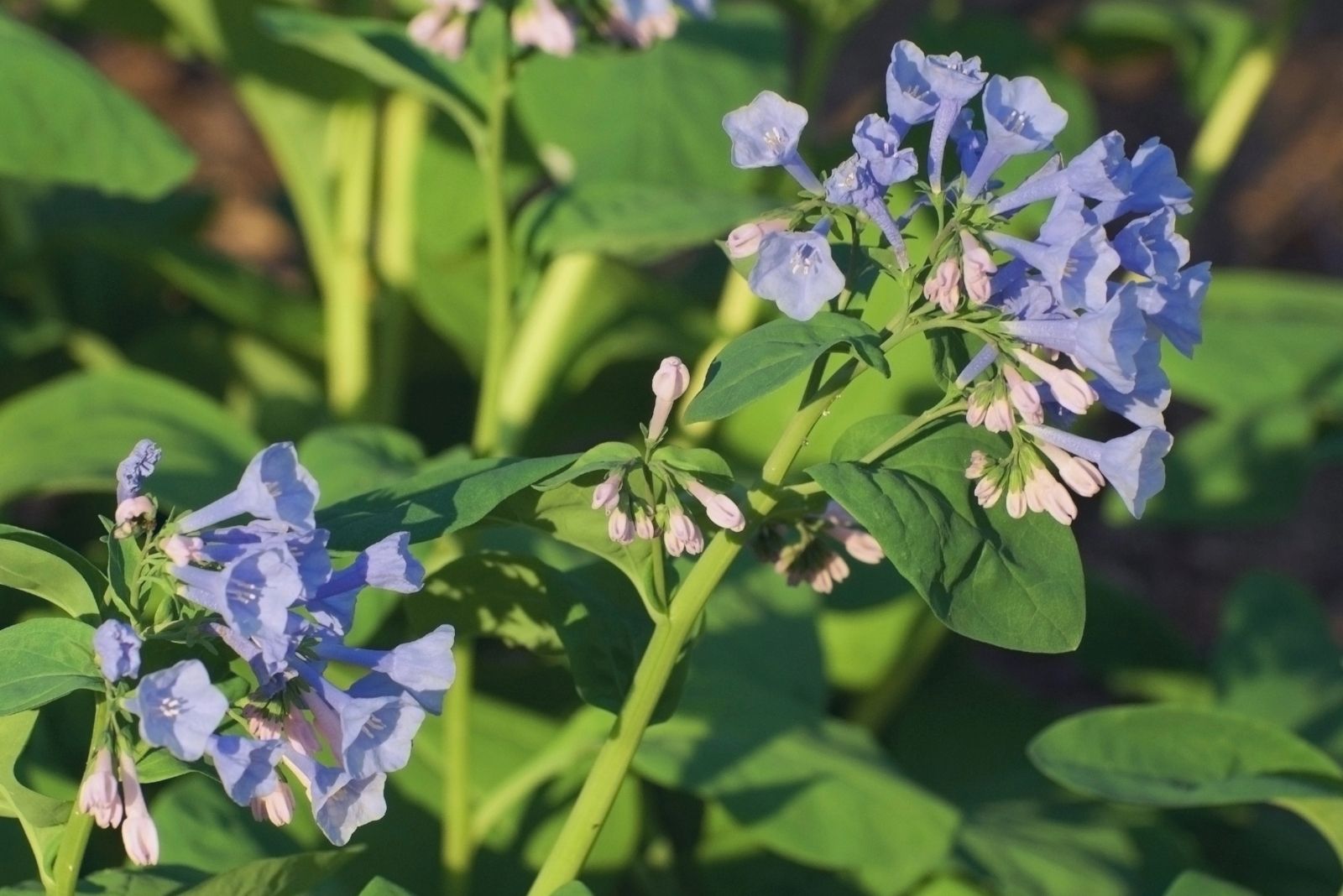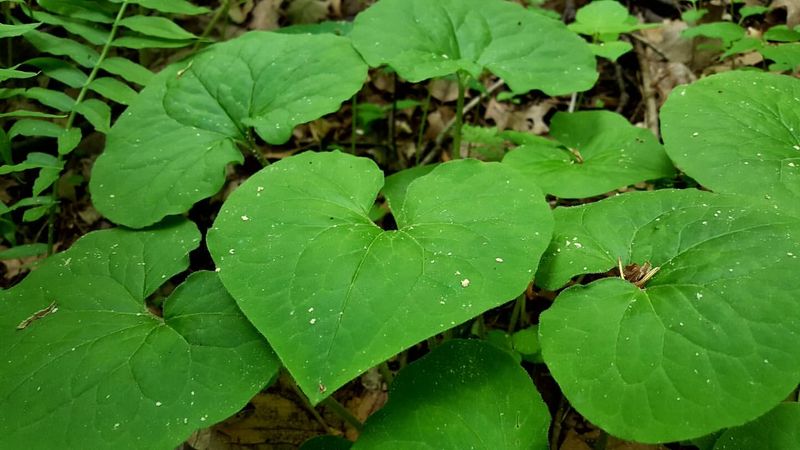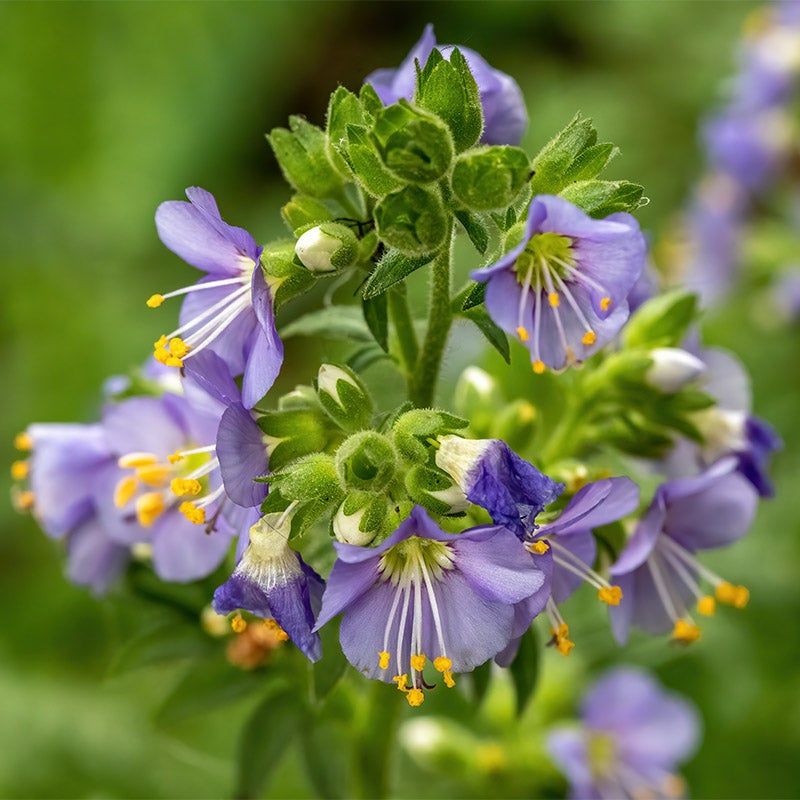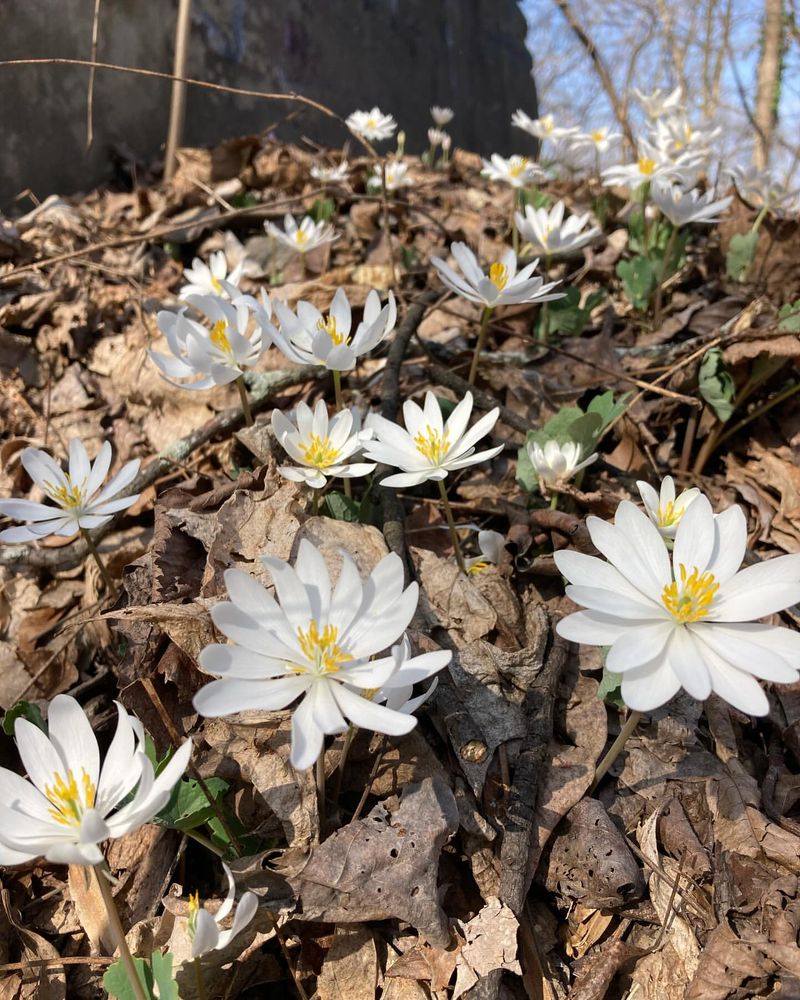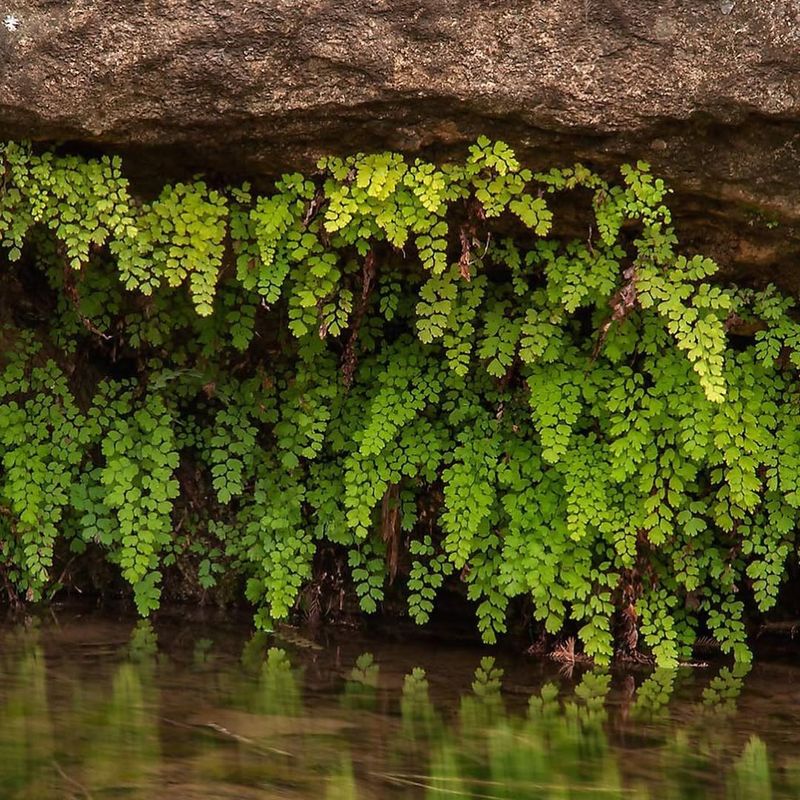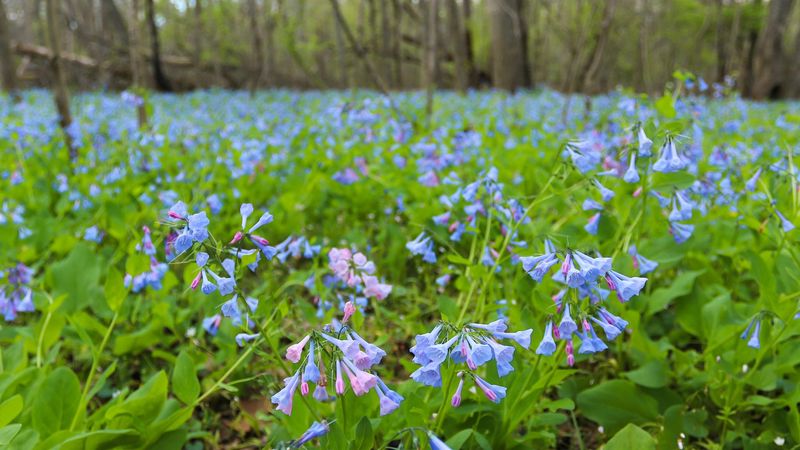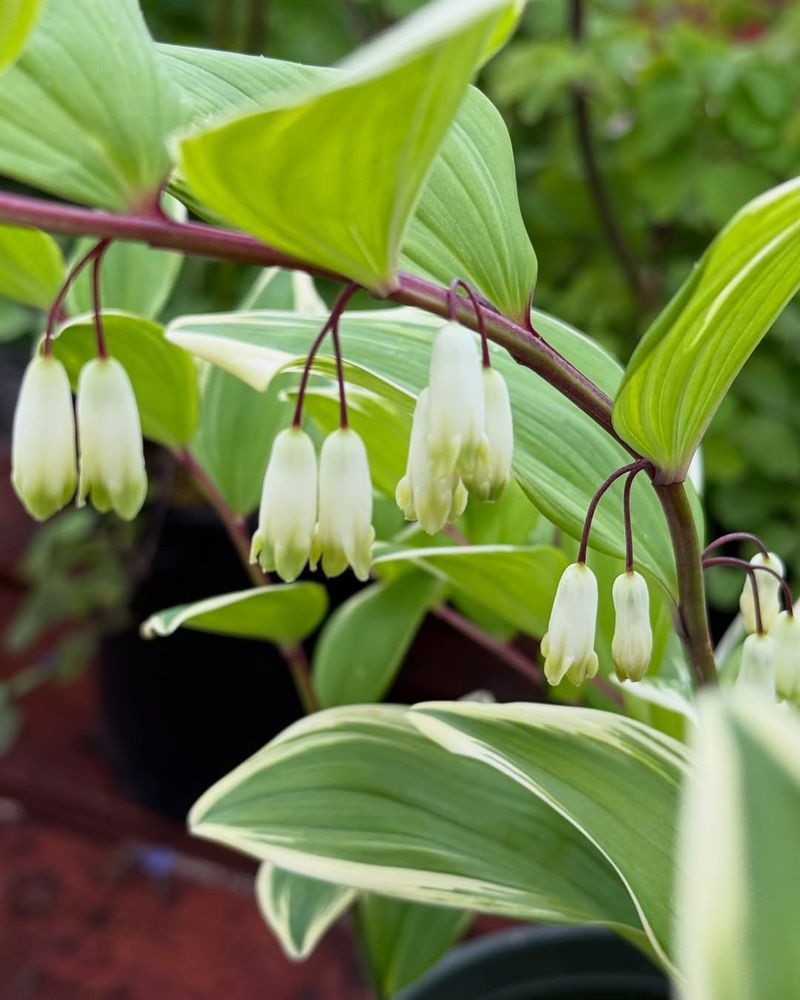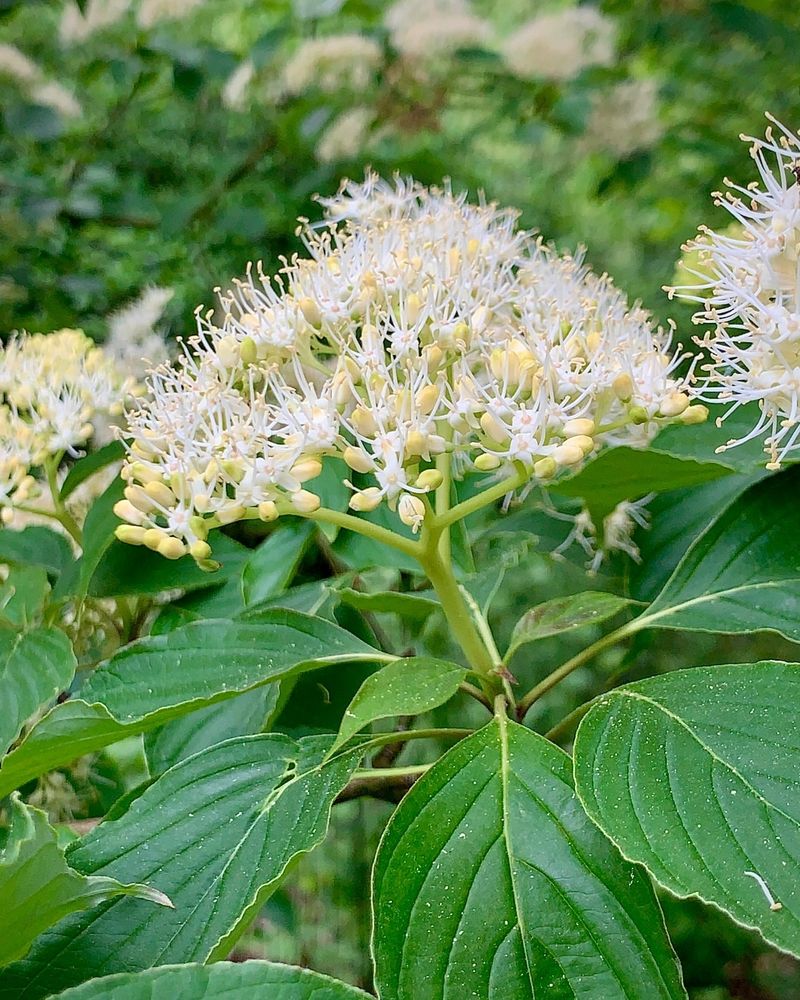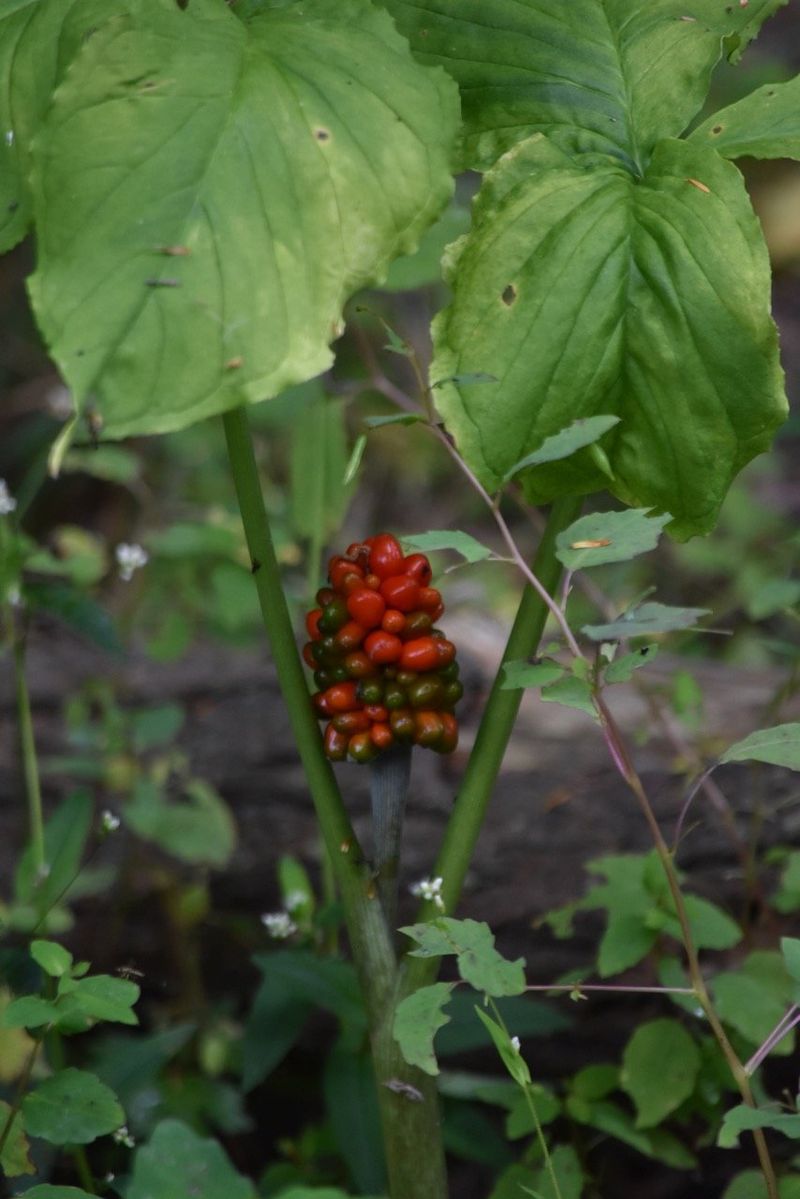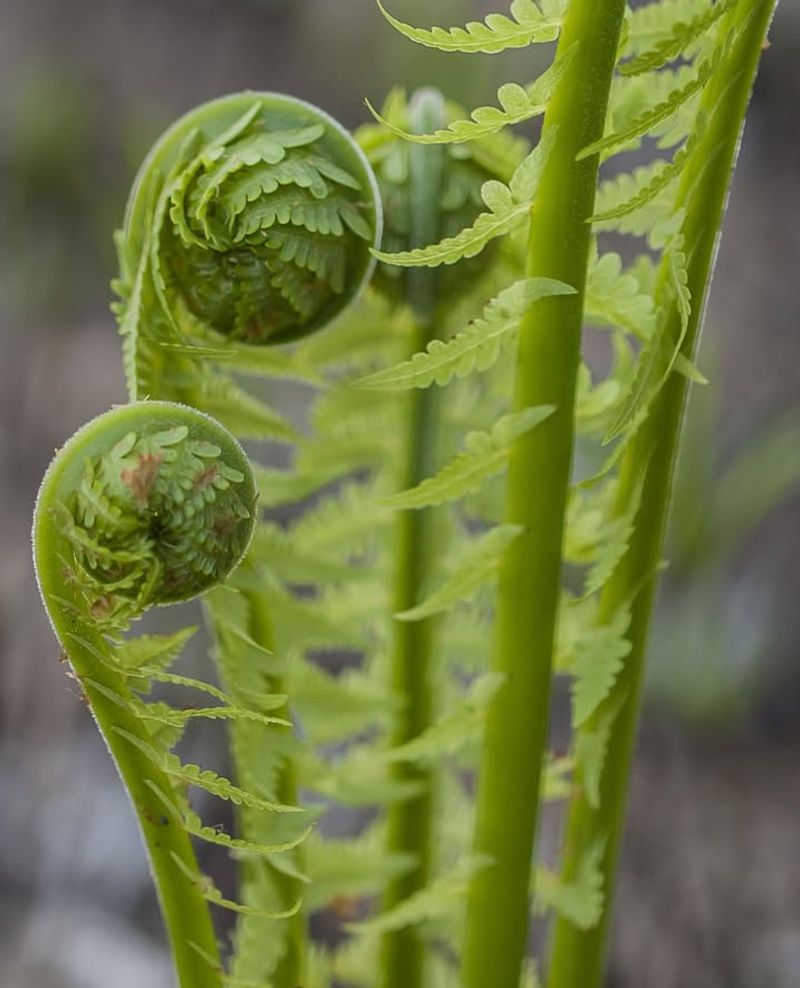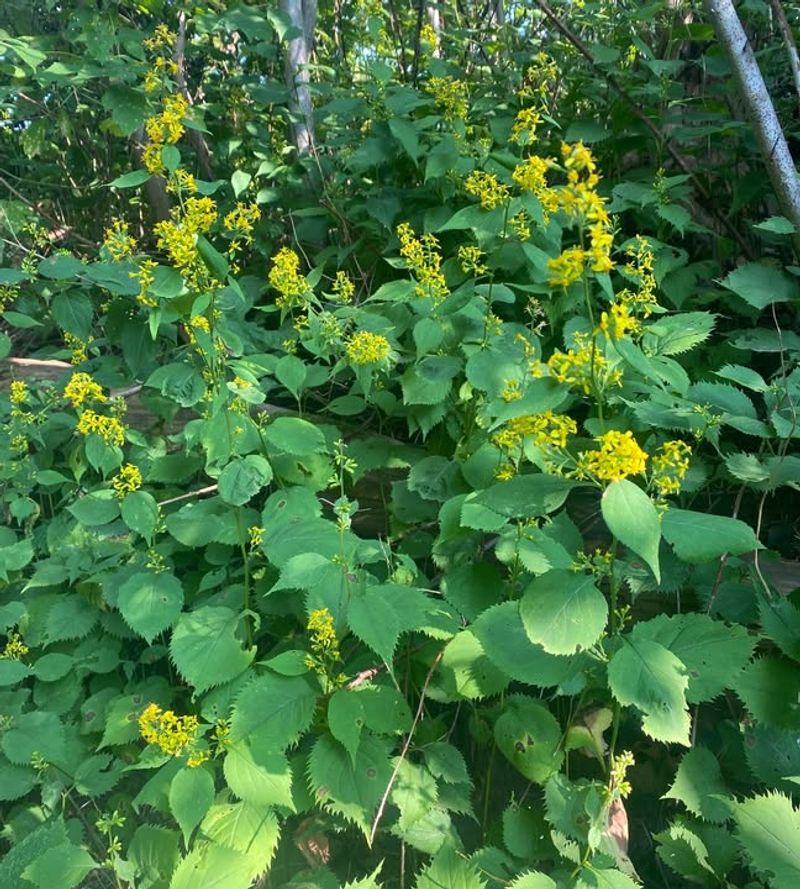Creating a woodland garden in Wisconsin means working with dappled sunlight, rich organic soil, and our state’s unique seasonal changes. These gardens mimic the forest floor ecosystem, providing peaceful retreats in our backyards while supporting local wildlife.
The right plant choices can transform shady spots under mature trees into magical woodland havens that thrive in our northern climate.
1. Wild Ginger: The Groundcover Champion
This native groundcover spreads slowly to form lush carpets beneath tall trees. The heart-shaped leaves create a natural-looking forest floor that suppresses weeds without becoming invasive.
In my Wisconsin garden, wild ginger has proven remarkably resilient during our harsh winters. The unusual maroon flowers hide under the foliage in spring, attracting small pollinators.
Plant it once and enjoy years of low-maintenance beauty. Wild ginger thrives in the same conditions that make many other plants struggle, making it perfect for those challenging spots.
2. Jacob’s Ladder: Delicate Beauty For Partial Shade
Few plants match the elegant structure of Jacob’s ladder with its neatly arranged leaflets climbing up each stem. The blue or white bell-shaped flowers appear in spring, adding color when the woodland garden is waking up.
Wisconsin gardeners appreciate how this native perennial handles our climate swings. The foliage stays attractive all season, even after the blooming period ends.
Try planting it alongside wild ginger for a beautiful contrast in leaf textures. I’ve found the blue-flowered varieties particularly striking against the brown forest floor.
3. Bloodroot: Early Spring Woodland Wonder
Nothing announces spring in Wisconsin woodlands quite like bloodroot. The white flowers emerge even before the leaves unfurl, sometimes pushing through late snow to bloom.
After flowering, the unique scalloped leaves expand to create months of interest. The plants go dormant by midsummer, so pair them with later-emerging perennials for continuous garden presence.
Wisconsin’s native bloodroot populations have declined, making garden plantings increasingly important. I’ve watched ants collect and disperse the seeds throughout my garden, creating natural-looking drifts over time.
4. Maidenhair Fern: The Woodland Aristocrat
The fan-shaped fronds of maidenhair fern bring unmatched elegance to shady gardens. Black wiry stems support delicate green leaflets that appear to float in the air, creating movement with the slightest breeze.
Native to Wisconsin’s rich woodlands, this fern thrives in humus-rich soil with consistent moisture. Unlike some aggressive ferns, maidenhair stays well-behaved, forming neat clumps that slowly expand.
For me, watching the fiddleheads unfurl each spring is one of gardening’s greatest pleasures. They pair beautifully with spring ephemeral wildflowers, taking center stage as early bloomers fade.
5. Virginia Bluebells: Spring’s Blue Symphony
The transformation of Virginia bluebells from pink buds to sky-blue flowers creates a spectacular spring show in Wisconsin woodland gardens.
Large colonies can develop over time, creating breathtaking blue drifts under deciduous trees. These native wildflowers go dormant by early summer, disappearing completely until the following spring. Plant summer-blooming perennials nearby to fill the space after bluebells fade.
My favorite combination pairs them with ferns that unfurl just as the bluebells finish blooming. The timing couldn’t be more perfect for maintaining continuous interest in our Wisconsin woodland gardens.
6. Solomon’s Seal: Arching Elegance For Deep Shade
The graceful arching stems of Solomon’s seal create vertical interest in woodland settings where many plants grow flat. Small white bells dangle beneath the stems in spring, followed by blue-black berries that attract birds.
Wisconsin gardeners appreciate how this native perennial thrives in difficult deep shade conditions. The plants spread slowly through rhizomes, eventually forming impressive colonies without becoming invasive.
During a particularly dry summer, my Solomon’s seal remained lush while other shade plants struggled. The yellow fall color provides a bonus season of interest before winter arrives.
7. Pagoda Dogwood: Understory Tree For Structure
Every woodland garden needs structural elements, and pagoda dogwood delivers with distinctive horizontal branching patterns. The layered effect creates natural architecture that looks stunning year-round.
Native to Wisconsin forests, this small tree thrives in the dappled light beneath taller trees. White flower clusters in spring give way to blue-black berries that feed local birds and wildlife.
The burgundy fall color transforms my garden each autumn. When selecting a location, remember that mature specimens can reach 15-20 feet tall while maintaining their unique horizontal branching habit.
8. Jack-In-The-Pulpit: Woodland Conversation Starter
Few plants capture attention like Jack-in-the-pulpit with its unusual hooded flower structure. The green and purple striped “pulpit” houses the spadix (“Jack”), creating a botanical curiosity that visitors always notice.
Later in the season, bright red berries replace the flowers, extending the plant’s interest into fall. These Wisconsin natives prefer rich, moist woodland soil and reward patience by growing larger each year.
Children in my garden always stop to examine these quirky plants. The unique growth cycle—sometimes changing gender based on available resources—makes them fascinating teaching tools about plant adaptation.
9. Ostrich Fern: Dramatic Vertical Accents
The vase-shaped growth habit of ostrich ferns creates dramatic focal points in woodland settings. Fronds can reach 3-5 feet tall, bringing height and architectural interest to shady corners of Wisconsin gardens.
Spring fiddleheads emerge covered in silvery scales, unfurling into feathery fronds that resemble ostrich plumes. These natives spread through underground runners, forming impressive colonies in favorable conditions.
My ostrich ferns have transformed a difficult wet, shady area into a showcase feature. Just be prepared to manage their enthusiastic spread—I contain mine with buried barriers to prevent garden takeovers.
10. Zigzag Goldenrod: Late-Season Woodland Pollinator Magnet
Unlike its sun-loving cousins, zigzag goldenrod thrives in woodland settings, bringing late-season color when many shade plants have finished their show. The distinctive zigzag stem gives this Wisconsin native both its common name and unique character.
Yellow flower plumes appear in late summer through fall, attracting countless bees and butterflies. The modest height (2-3 feet) fits perfectly in woodland garden middle layers without overwhelming neighbors.
I’ve found this plant particularly valuable for extending the pollinator season in my shaded garden spaces. The golden flowers shine against the darker woodland background, creating a warm glow as summer transitions to fall.

